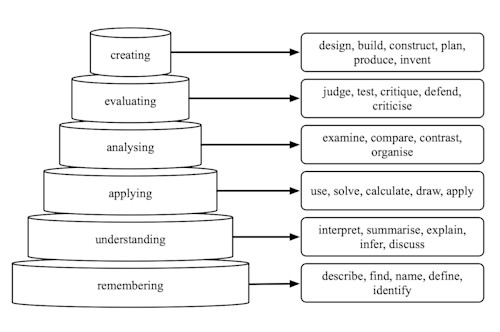Another of many blogs on management
Walk then run: the golden rule of personnel development
Written by John Berry on 18th February 2021.0
3 min read
 A few years back, as head of a consulting firm, I was leading a team in the middle of a major systems implementation. The client project manager, his supplier project manager and I were discussing the training that would be needed as the system neared acceptance and use.
A few years back, as head of a consulting firm, I was leading a team in the middle of a major systems implementation. The client project manager, his supplier project manager and I were discussing the training that would be needed as the system neared acceptance and use.
The supplier was responsible for delivering training, such that the system could be used by the client organisation’s operatives. That statement – train such that the system can be used - is huge. It begs knowledge of what the operatives’ skills and knowledge are at present, and where they need to be developed to in order to achieve successful system use. It begs an understanding of the operatives’ foundation training, and any other development that has moved them to the point where they could actually benefit from the supplier’s contracted training.
It’s the old adage – you can’t build on weak foundations. No amount of high-level instruction on the system can plug the lower-level skills and knowledge gaps and the system use training will fail. It’s like being able to click buttons in Word without actually knowing how to form sentences.
Here’s an example of how a person’s foundation can be materially flawed.
In discussion with one of the client’s engineers, we were talking about signal levels. He argued that -99 was bigger than -90. School kids are taught from about the age of 9 that this is not so. Given a series of numbers, ranged top to bottom, from hugely positive, through zero, to hugely negative, those above are bigger than those below, always. Temperature is an everyday example. Those more negative are of lower magnitude – regardless of the units of measure. The engineer had a basic flaw in his understanding.
Whilst a simple example, such knowledge was important for the client’s operatives to be able to use the system. But who was responsible for assuring that all operatives had this and other essential knowledge? The supplier of the system couldn’t be responsible. The supplier should have been able to assume a certain foundation – or maybe the supplier should have defined a pre-requisite set of knowledge and skills. Either way, there was a gap to be bridged.
Here’s the problem expanded diagrammatically.

If someone can’t analyse and evaluate, they won’t be able to create. With such a gap, they won’t be able to analyse and evaluate what’s gone before, and hence won’t be able to build on previous creations. Nor will they be able to analyse and evaluate their creations. Designers, for example, understand that analysis and evaluation are essential part of the creation lifecycle.
So, personnel development must progress hierarchically.
If you want people to understand, they must first be able to remember. If a trainer dives straight in to teach understanding, without first addressing basic descriptions, the training will fail. Similarly, if the training is to have people apply knowledge, they must first understand, and so on.
This hierarchical concept is termed Bloom’s Taxonomy. It stems from the work in 1956 of Benjamin Bloom, an educational psychologist. He argued that it should be used by trainers to position the learning goals of each training instrument and to design appropriate teaching activities.
So, in the example with the engineer, the client should first ensure that all his people hold the necessary foundation competencies. That done, the supplier’s training could be added.
Any re-skilling or technology introduction must begin with an audit of skills and knowledge. Training may be needed to level-up foundation competencies in readiness for specific training on new systems.
So… in personnel development, walk, then run.